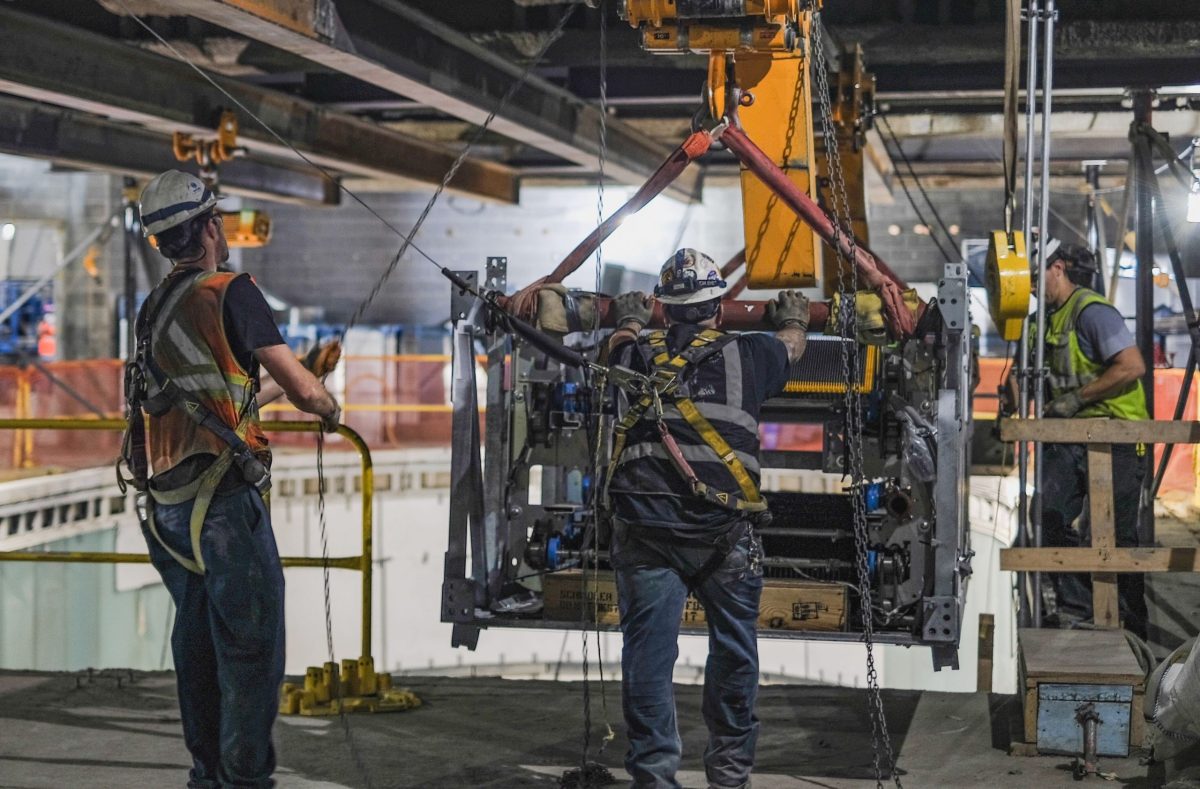An expected $16 billion deficit by 2024 hasn’t seemed to punch any holes in the confidence of the MTA that the East Side Access project will be complete on time by 2022.
During the agency’s September board meeting, set to take place on Wednesday, Chief Development Officer Janno Lieber will provide an update on the $11 billion project that has been ongoing since 2007.
According to the MTA board book, Lieber says one of the biggest hurdles will be disruptions caused by the JP Morgan Chase headquarters, which has foundation structure running directly through what will be the concourse of the Long Island Rail Road terminal, 160 feet below ground.
Another complication is the ongoing consolidation of contracts that pre-date the design-build era.
“[The] principal concern is tracking our systems contract work which covers thirty separate systems that are being installed with over 11,000 separate devices,” the board book notes, comparing this effort to “hand-to-hand combat.”
Although the MTA is in dire financial shape after losing out on 40% of revenue to 90% ridership loss since the emergence of COVID-19 in New York, the East Side Access project persists on account of federal funding and capital funding from the previous five-year plan being already committed.
To halt this and other projects in order to recommit these funds toward operating expenses would mean the MTA would have to pay damages to contractors.
So the MTA’s push for $12 billion from the federal government in the form of COVID-19 stimulus continues.
East Side Access will increase LIRR capacity by 45% and required new tunnels beneath the East River which will start near the Harold Interlocking point in Sunnyside Yards. Contracts for the opening of the tunnels on the Queens side of the river have been awarded and construction is ongoing, according to the MTA.
Also on schedule for Wednesday’s board meeting is the appointment of the current chief operating officer for subways, Frank Jezycki, to the post recently vacated by Sally Librera, Senior Vice President of Subways on an interim basis.
During the August meeting, Chief Financial Officer Robert Foran warned New Yorkers of what to expect in the ongoing health crisis as requests for a bailout from the federal government continue to fall on deaf ears: Service cuts as deep as 40% and fare increases by up to $1.
A model of how these cuts will materialize has not been released by the MTA at this point in time.
Livestream the meeting Wednesday at 10 a.m. on the MTA’s YouTube channel.

































